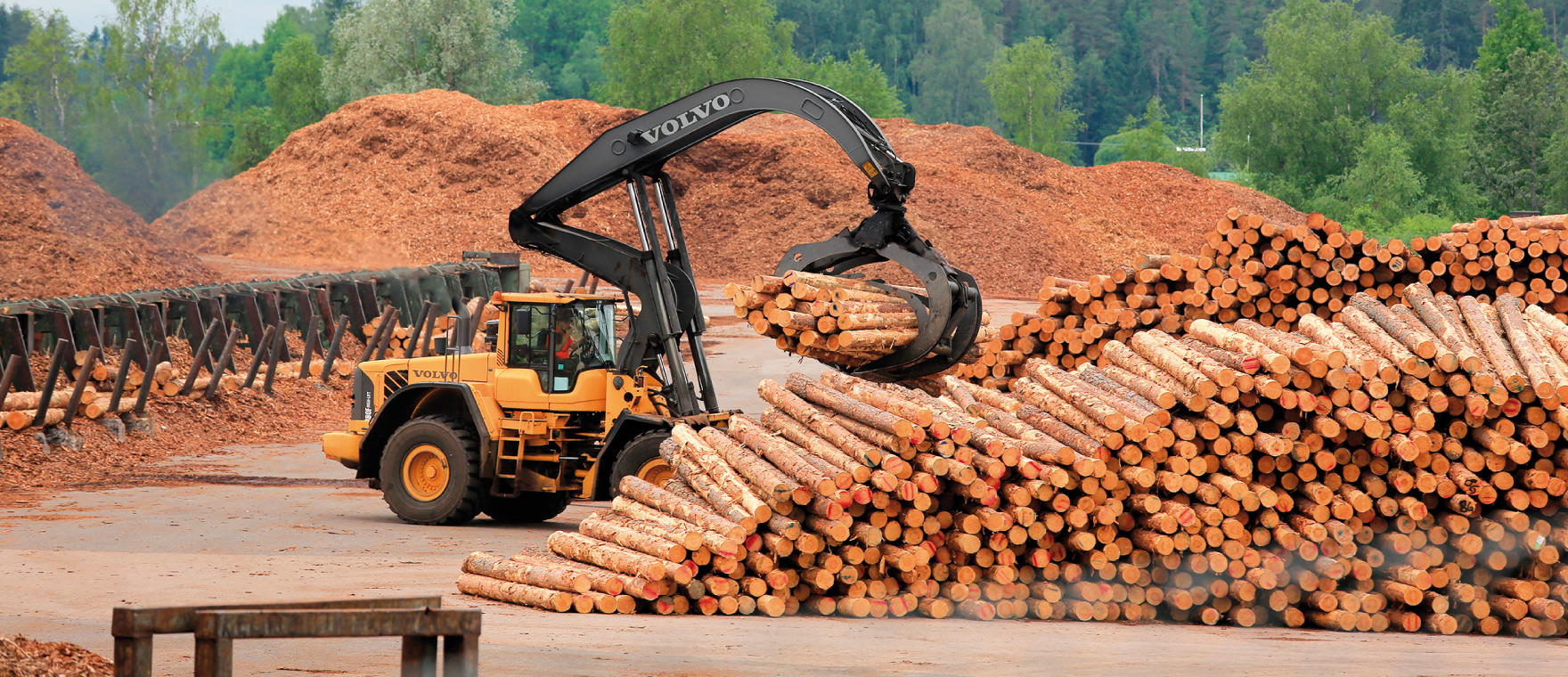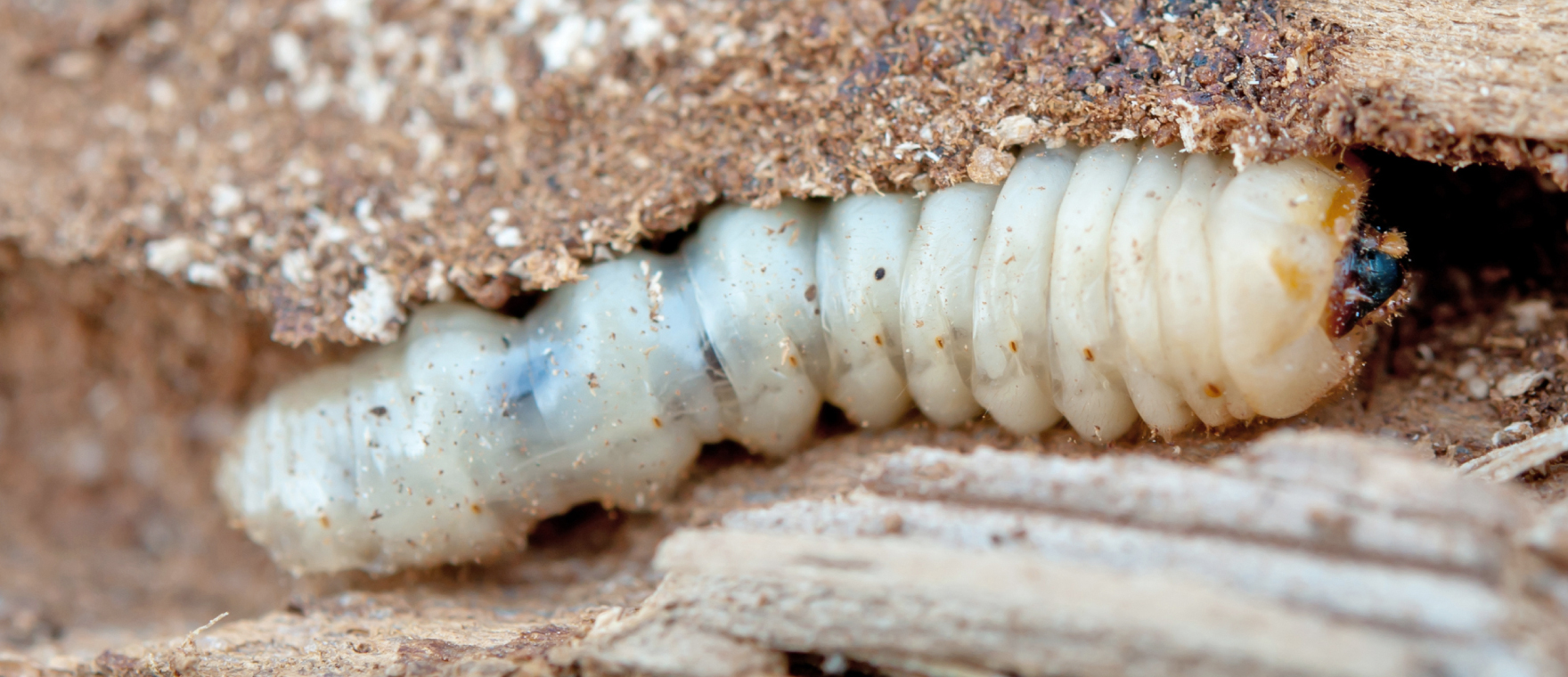There are several groups of wood-decaying fungi.
The mycelium of wood-decaying fungi penetrate timber and spread across its surface as the fungus expands and reproduces.
Surface mycelium may take the form of a cotton wool coating, thin strands or a blanched coating. Conducive conditions (fungi spreads under optimal temperatures of 22-25°C) can cause the mycelium to spread rapidly and sporocarps to form. Spores are created within the sporocarps, from which fungi reproduce. Spores spread easily through the air and can only be recognised under a microscope. Fungi can attack timber in storage, as well as processed and built-in timber by decomposing the wood’s cells. The infested timber then weakens and decomposes. To take root and spread, wood-decaying fungi require a high moisture content, conducive temperatures and a suitable air volume within the wood, while also requiring an acidic environment.
The greatest menace is dry rot. Although most often found in cottages, it can occur in any damp room. This fungus decomposes coniferous and deciduous timber. It grows at temperatures of between 3°C and 26°C in timber with a moisture content of 18 - 20%. Dry rot spreads quickly, growing at a rate of up to 10mm per day. It thrives in cellars, under floorboards and in roof trusses. It can - quite literally - move into your house without you noticing. Czechs call dry rot “the rusty plague” due to its brownish colour and the fact that it spreads through rusty spores. It initially shows up on damp walls as a mould-like cobweb film. This light grey film then grows into uneven brownish-red ovals; white-edged sporocarps that grey or yellow with age and can reach 25-30cm in diameter. Their appearances resembles that of gooseberries and they can grow to up to 3cm in height.
Wood-Staining Fungi
These fungi generally attack freshly-cut timber and logs, deeply penetrating into the wood and causing undesirable colour changes. Although wood-staining fungi do not weaken the timber, they can cover up other, more hazardous, species of fungi. Wood-staining fungi consume a significant share of the reserves of immune substances created by trees. This reduces timber’s natural resistance to infestation by wood-decaying insects or wood-decaying fungi.











